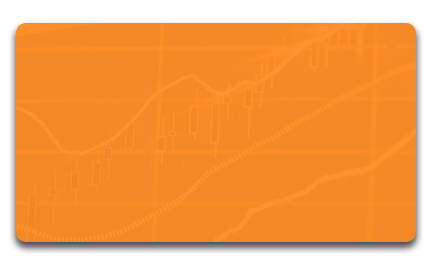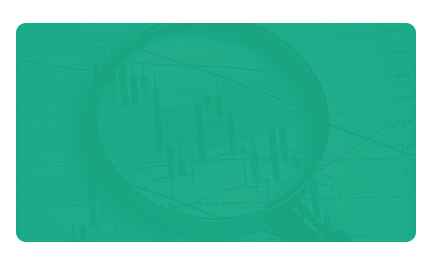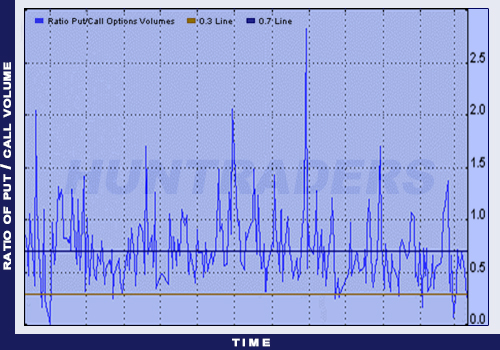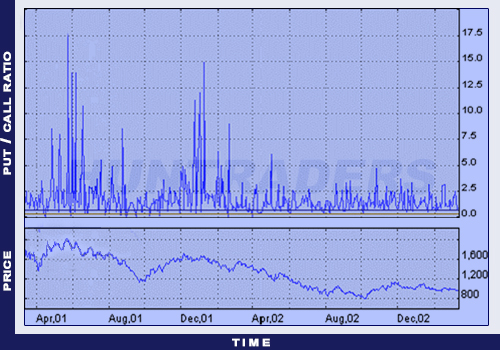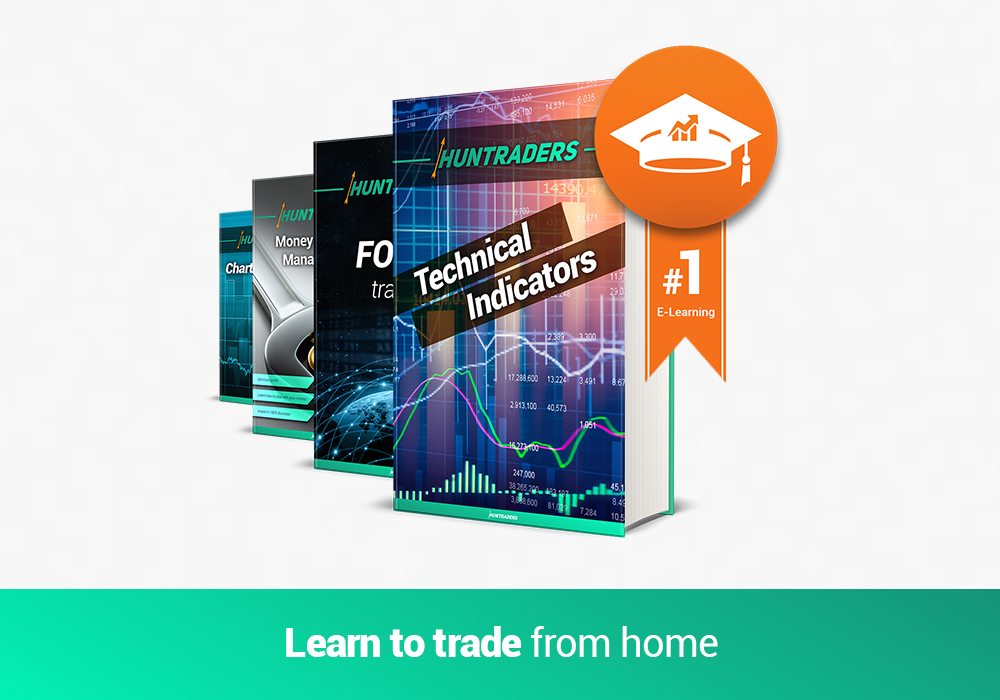The trading volume of put options to call options is useful for two reasons (regarding the premiums of long and short options). First, it shows how much the expectations of the market participants differ from the futures market’s prices, and how they value the put premiums compared to call premiums. Second, it can predict a direction change in the futures market’s prices, indicating possibilities to buy undervalued premiums or to sell overvalued premiums. Put-Call ratio is based on the assumption that buying intention is stronger (e.g. everyday investors rather buy than sell options). Therefore, increasing Put-Call ratio indicates bearish, decreasing ratio indicated bullish sentiment on the market. Then investors act completely the opposite:
- a high Put-Call ratio signals them to buy call and sell put options,
- a low Put-Call ratio signals them to buy put and sell call options.
To determine what high and low values mean, one must analyse the Put-Call ratio’s historical data. The interpretation of the Put-Call ratio is highly flexible. In option trading the best is to look at the ratio as an indicator of possible extremities. There is a market euphoria under 0.3 and there is a market pessimism above 0.7. The chart below shows the Put-Call ratio for MSFT. The low values indicate the expectation of increasing prices.
The Put-Call ratio for the NASDAQ-100 (NDX), on the next chart indicates an intensifying bearish market mood.
It is not easy to decide upon the sale or purchase of options. Apart from that, the buying intention is not always dominating the market. However, constantly monitoring the Put-Call ratio - along with other technical analysis tools - can be really useful:
- On a demand-oriented market a high Put-Call ratio can signal to buy Put options or to sell Call options, before the peak of the futures’ prices.
- On a supply-oriented market a high Put-Call ratio can signal to buy Call options or to sell Put options, before the lowest point of the futures’ prices.
On demand-oriented markets, the high Put-Call ratio means that the traders release plenty of OTM Short Put, hoping they would expire worthless and lose their value. Because of the increasing bullish market mood, they avoid to sell Call options. However, after a certain point the bubble pops, because the prices of futures cannot grow indefinitely. When the relapse occurs, the writers of Put options start to hedge their positions immediately, and will find it more attractive to sell Call options. This sequence of events leads to a decrease in the value of the Put-Call ratio. The ones who have seen it coming already have Long Put and Short Call positions and profit from the thoughtlessness of other traders for two reasons. One is that the Put options were probably cheaper than Call options before the fall in futures’ prices, as investors sold more of them. The other reason is that the purchase offers on Put options would increase the premium to such high level that would exceed the value of the justifiable fall in the futures’ prices. Investors will try to close their positions and volatility will increase along with the purchase offers.
The opposite of this is true for the supply-oriented markets. The frequency of a Put-Call ratio with high value probably indicates that the investors own mainly Long Put options and try to avoid Long Call options. This situation is not generally applicable after a drawdown in futures’ prices, but it motivates traders to close their positions or to buy Call positions. On supply-oriented markets low Put-Call ratios are more frequent, because apart from buying Put positions, traders also write Call options, hoping they will expire worthless and lose their value when the futures’ prices fall even lower. It may more beneficial to write Put options or to buy Call options in this case. On supply-oriented markets a low Put-Call ratio suggests that investors should sell Call options and buy Put options.






